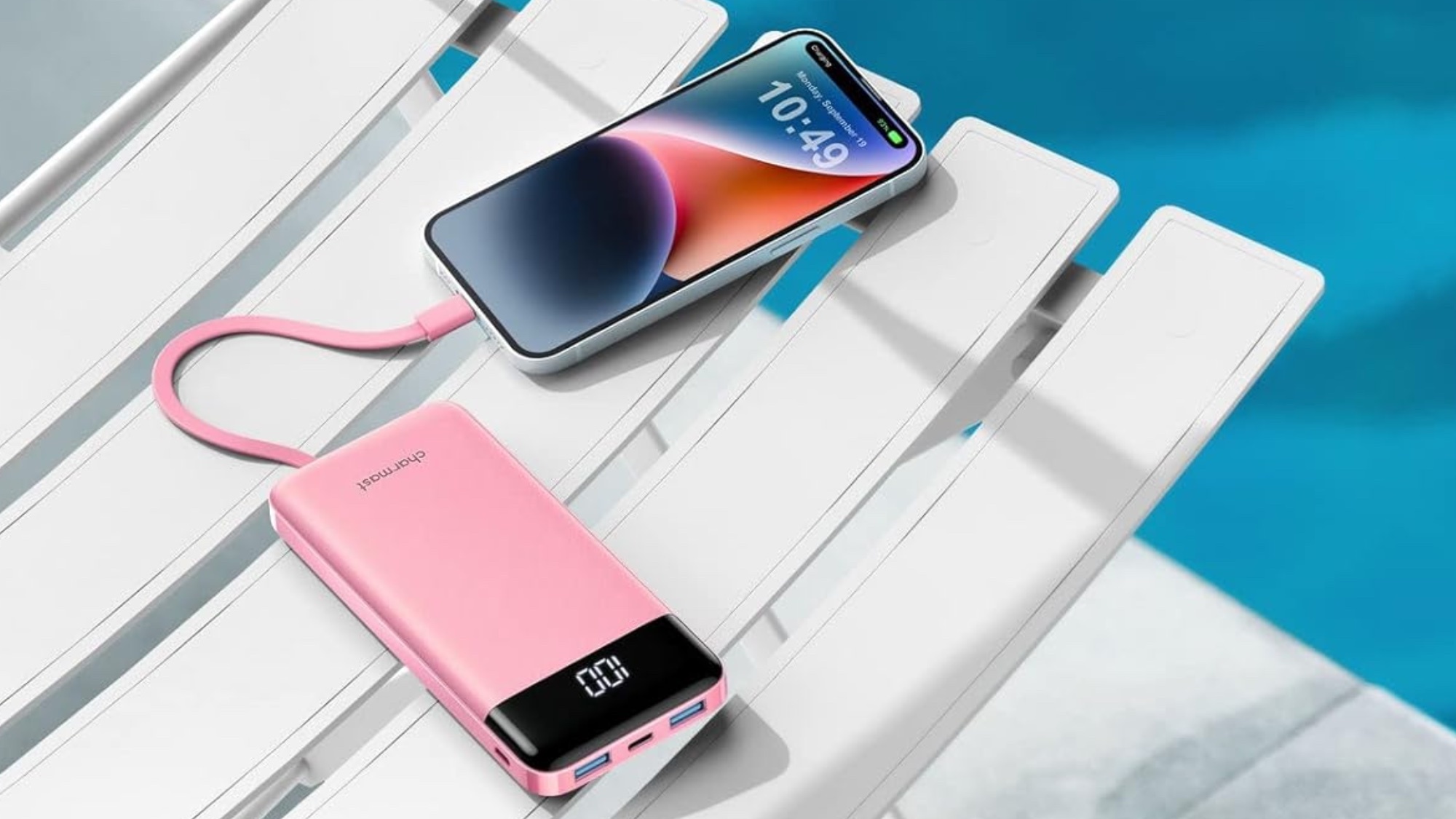Samsung Galaxy Note 20: The 5 things we really want to see at Unpacked
These key topics should be at the center of Samsung’s Galaxy Note 20 unveiling
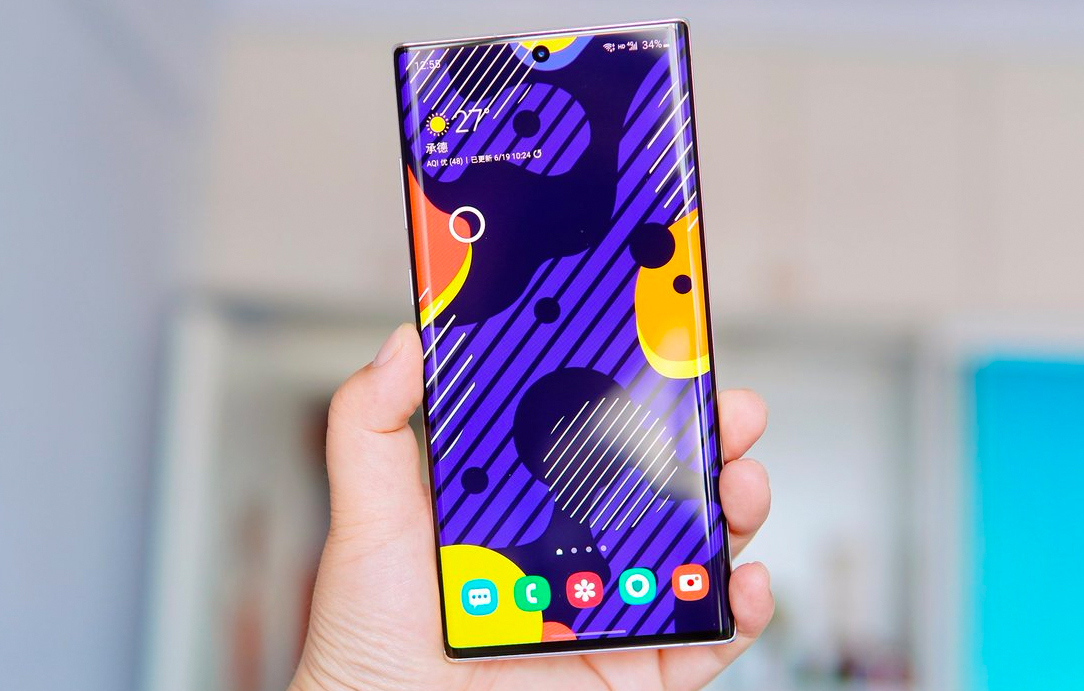
When Samsung executives take to a virtual stage on August 5 to show off the Galaxy Note 20, it will be unlike any Unpacked event we've ever seen. Past Samsung product launches have taken place in spacious arenas and exhibit halls, jam-packed with people. There's stirring music, cleverly packaged videos and the kind of production values you normally associate with a concert.
That's unlikely to happen this time around. Blame the ongoing coronavirus pandemic, which has forced tech companies to dial back the spectacle of their product launches. Samsung's August 5 Unpacked event figures to be similarly low-key — an online-only event that's free of crowds but, Samsung hopes, not free of hype.
- Galaxy Z Fold 2: The other phone Samsung could unveil in August
- Samsung Note 20 vs. Galaxy S20 Ultra: How’ll they be different
- Just in: Samsung Galaxy Note 20 Ultra leak reveals stunning design
Rather than lament the fact that the Galaxy Note 20 won't appear before adoring crowds, Samsung should view this as an opportunity. Live events can pump up excitement for a new product, but they can also give you a superficial assessment of the product, as a company runs the risk of being more interested in racking up applause lines then taking the time to explain how this new phone is going to improve your mobile experience.
Samsung should take the opposite tack with the Galaxy Note 20. Rather than treat this as a typical phone launch with a dry recitation of specs, we'd like to see the phone maker really dig into the features and enhancements to the Galaxy Note 20 to explain why this phablet is better than past Galaxy Note versions — and why you should consider the Note over all the other big-screen phones out there.
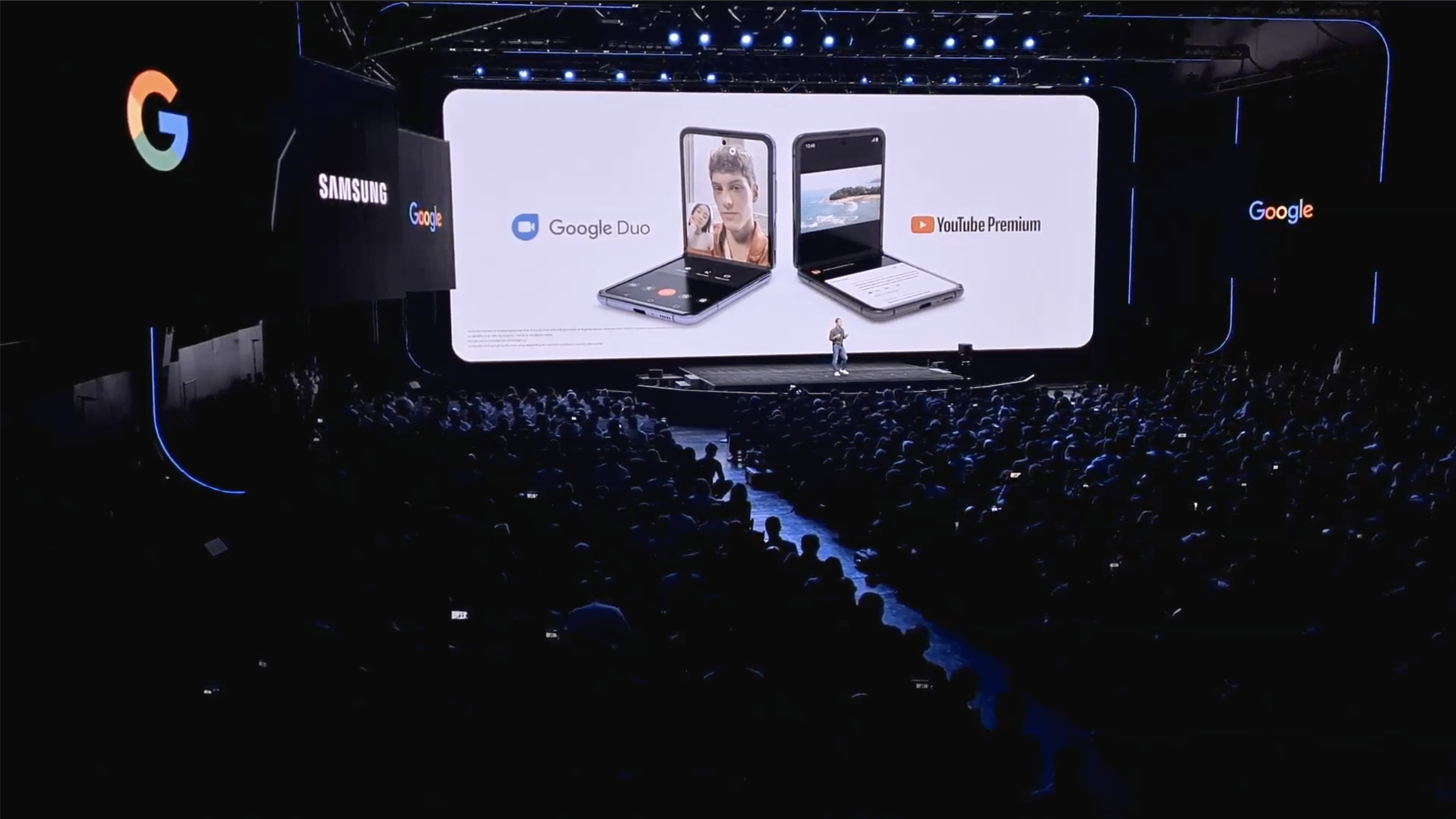
Here's the specific topics we hope that Samsung will tackle when it takes the wraps off the Galaxy Note 20.
What is LTPO and how will it make the Galaxy Note 20's screen better?
If rumors are true, the Galaxy Note 20 Ultra's display will feature a 120Hz refresh rate. (The regular Galaxy Note 20 might feature this faster refresh rate, too, but Samsung could choose to restrict the feature to its premium tablet.) That would give the Note 20 Ultra a refresh rate that's double the speed of most phones — which would be impressive if the Galaxy S20 lineup didn't already support the same feature.
But the Galaxy S20's use of 120Hz refresh rates comes with some caveats, chiefly that you have to manually adjust the display for those occasions when you want to max things out at 120Hz. Reportedly, the Galaxy Note 20 Ultra will fine tune the experience so that you're no longer diving into settings anytime you want a smoother scrolling screen.
Sign up to get the BEST of Tom's Guide direct to your inbox.
Get instant access to breaking news, the hottest reviews, great deals and helpful tips.

Rumors point to Samsung turning to low-temperature Polycrystalline oxide technology, also known as LTPO. That's an Apple-developed technology used in smartwatches to scale down the refresh rate on watch displays to preserve battery life. Samsung is apparently developing its own version of LTPO so that the Galaxy Note 20 Ultra display will dynamically crank things up to 120Hz for apps that benefit from faster refresh rates, while scaling back to a more natural refresh rates at other times for efficiency reasons.
If this rumor pans out, we hope Samsung devotes a lot of stage time explaining how the technology works and what impact it should have on the Note 20 Ultra's battery life. We'd also be interested to hear if it has any impact on screen resolution, as the Galaxy S20 needs to scale down to full HD resolution when the screen is refreshing at 120Hz.
What's new with the Galaxy Note 20 S Pen?
Faster screen refresh rates and high-end Snapdragon processors are fine features, but what really sets the Galaxy Note lineup apart from other big screen phones is the S Pen. Recent years have seen Samsung amp up the powers of the Galaxy Note's stylus. The Galaxy Note 9, for example, added Bluetooth connectivity, extending its capabilities as a remote control and camera shutter button; last year, the Galaxy Note 10 introduced Air Gestures and handwriting transcription features.
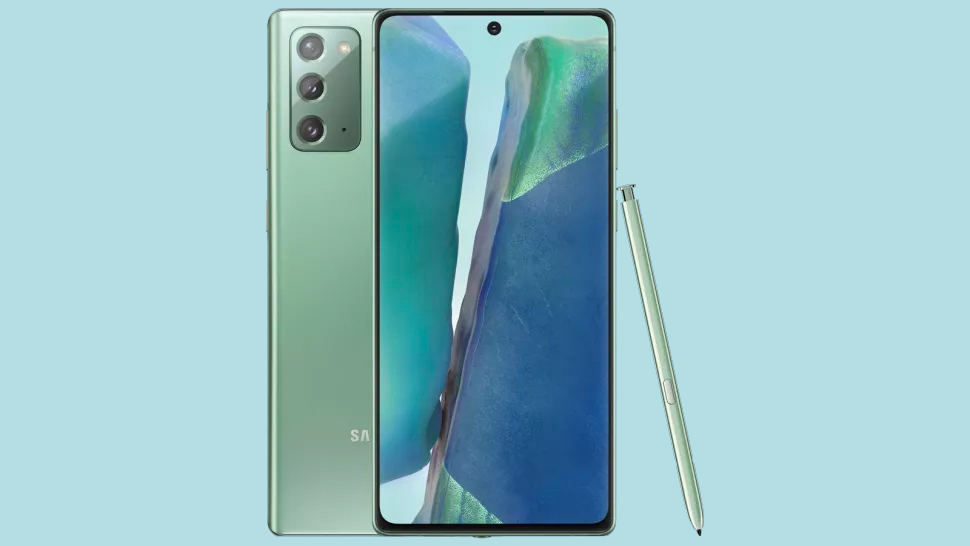
The rumor mill has been pretty quiet about what's in store for the S Pen on the Galaxy Note 20 — one rumor suggests the stylus will add a laser pointer mode and that you'll be able to control the on-screen cursor without touching the display. Whatever Samsung announces for the S Pen, we'd hope to see copious demos that illustrate these new features can boost your productivity.
We also hope Samsung revisits a past announcement, when it made an S Pen remote SDK available to app makers. The idea was that these developers would use the software tools to add Bluetooth-enabled S Pen features to their own software. It would be great to hear any updates on apps that take advantage of the S Pen's ability to serve as a remote control — and even better if there were demos showcasing these features.
What apps really benefit from the Galaxy Note 20?
Turning our attention to Samsung's chief rival in the smartphone space, one of the things that really sets Apple's product launches apart is its willingness to turn over the stage to third-party developers if they've built an app that highlights the iPhone's new features. That's a presentation track Samsung could really stand to copy, as it tends to reserve any on-stage demos for itself.
Shining a spotlight on third-party apps could really pay off in the case of the Galaxy Note 20, given some of the rumored features about the phone. The Note 20 is expected to feature Qualcomm's Snapdragon 865 Plus system-on-chip, which boosts the core clock speed on the chipset's Kryo 585 Prime CPU by 10% to 3.1GHz. Graphics rendering is also supposed to be 10% faster than what the Snapdragon 865 can deliver. Rather than just recite these numbers, Samsung could invite some developers to show how their apps benefit from this new chipset and the 12GB of RAM Samsung will reportedly pack into the Galaxy Note 20.
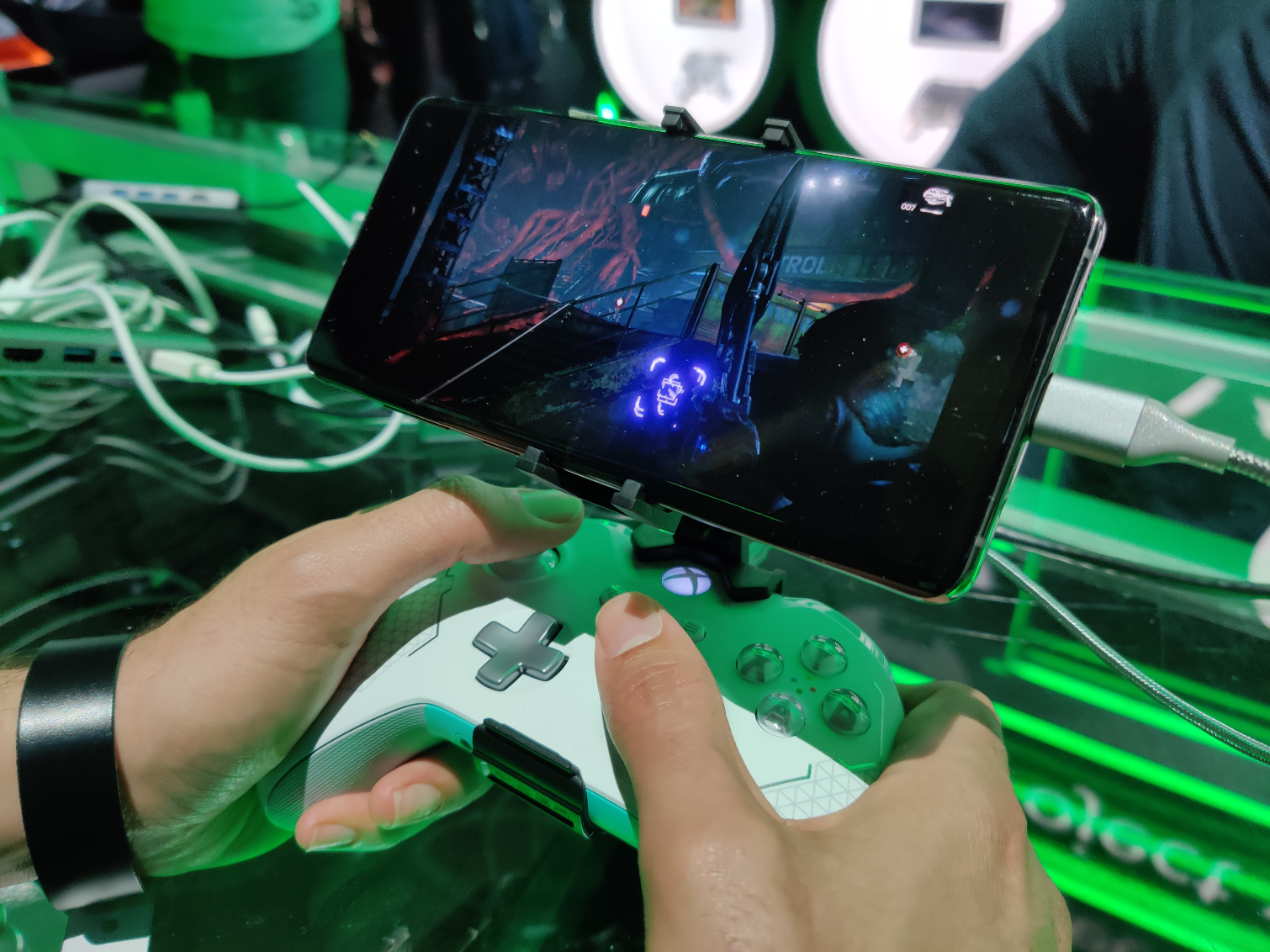
There could be at least one developer taking part in the August 5 Galaxy Note 20 launch, and it's a pretty big name. Rumors suggest that the Note 20 will be optimized for Microsoft's Project xCloud streaming game service, which lets you play Xbox One titles on your smartphone. Should that be on the agenda for Samsung's phablet, we expect Microsoft would take part in the launch event — and hopefully with demos instead of just company executives doing a virtual grip-and-grin photo opportunity.
The Galaxy Note 20 has 5G — so what?
It's expected that both the Galaxy Note 20 and Galaxy Note 20 Ultra will have 5G connectivity — not exactly a big leap of faith since all three Galaxy S20 models released this spring worked with 5G. We can also assume that the Note 20 models will support both kinds of 5G — the largely sub-6GHz networks built by AT&T and T-Mobile as well as Verizon's 5G network built primarily on mmWave technology.
Since 5G connectivity is essentially table stakes for a high-end smartphone these days, I'd prefer Samsung spend its time doing something few smartphone makers have done — talk about how the people using the Note 20 on 5G networks will benefit. Yes, downloads will be faster and you'll be able to pull movies off of Netflix in a fraction of the time it used to take. But how will 5G really impact my productivity on this phablet. And if I hold onto the Note 20 for a few years — and if I'm spending more than $1,000 on a phone, you can damn well assume I am — what's my 5G performance going to be like over time? These are questions that need answers, and it's in Samsung's best interest to provide them.
What can the Galaxy Note 20 cameras do that other phones can't?
Perhaps this is unfair to the Galaxy Note, but every year, it feels like the phablet gets a repackaged version of the cameras Samsung introduces to the Galaxy S lineup a few months earlier.
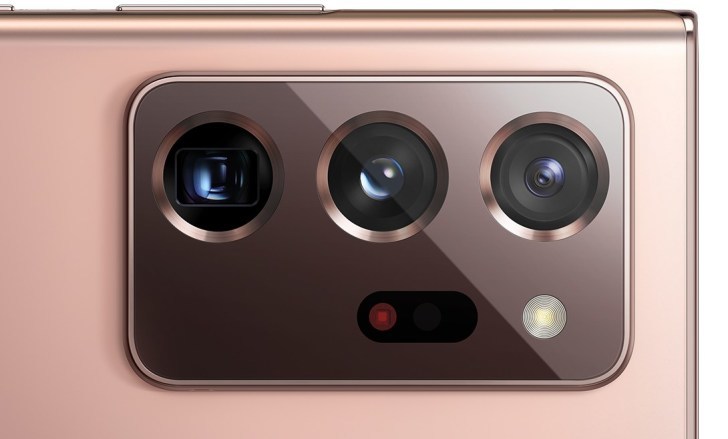
It will be hard to shake that feeling with the Galaxy Note 20, as the main phone reportedly features a 12MP main camera, 64MP telephoto lens and 12MP ultra wide sensor — any similarity to the Galaxy S20 Plus' photo setup is purely coincidental I'm sure. The Galaxy Note 20 Ultra allegedly gets the same 108MP main camera as the Galaxy S20 Ultra with a 13MP telephoto lens, 12MP ultra wide angle camera and laser focus sensor to help eliminate the autofocus issues that S20 Ultra users complained about.
Samsung doesn't need me to tell them to show demos of the cameras in action — that's a pretty standard portion of the Unpacked agenda. But I hope video doesn't get lost in the shuffle, especially with the Note 20 expected to introduce Pro Video features. These would allow you to tinker with video settings down to a granular level, just like you can with still photos. Demos will help illustrate just what exactly you can do and that will lead to better videos overall.
Galaxy Note 20 or Galaxy Note 20 Ultra: Make your case
Ultimately, events like the Unpacked session slated for August 5 aren't just about introducing a new phone. You could do that by press release if you wanted. Rather, these events are used by phone makers to build a case for why you should be interested in that particular handset. And that's what Samsung has to do with the Galaxy Note 20 and Galaxy Note 20 Ultra.
Samsung faces a further challenge in that the smartphone market is maturing, making it harder to introduce new features that might compel people to upgrade. That same global pandemic that's forcing this event online is also disrupting the economy, and with the price of the Galaxy Note 20 expected to come in at around $1,000, people might be wary of spending that kind of coin on a smartphone.
Samsung needs to explain why you'd want to go big with either the Galaxy Note 20 or Note 20 Plus and which specific model is right for which user. And the way the company can pull that off is by not being stingy with the details of the phones' key features.
Philip Michaels is a Managing Editor at Tom's Guide. He's been covering personal technology since 1999 and was in the building when Steve Jobs showed off the iPhone for the first time. He's been evaluating smartphones since that first iPhone debuted in 2007, and he's been following phone carriers and smartphone plans since 2015. He has strong opinions about Apple, the Oakland Athletics, old movies and proper butchery techniques. Follow him at @PhilipMichaels.

